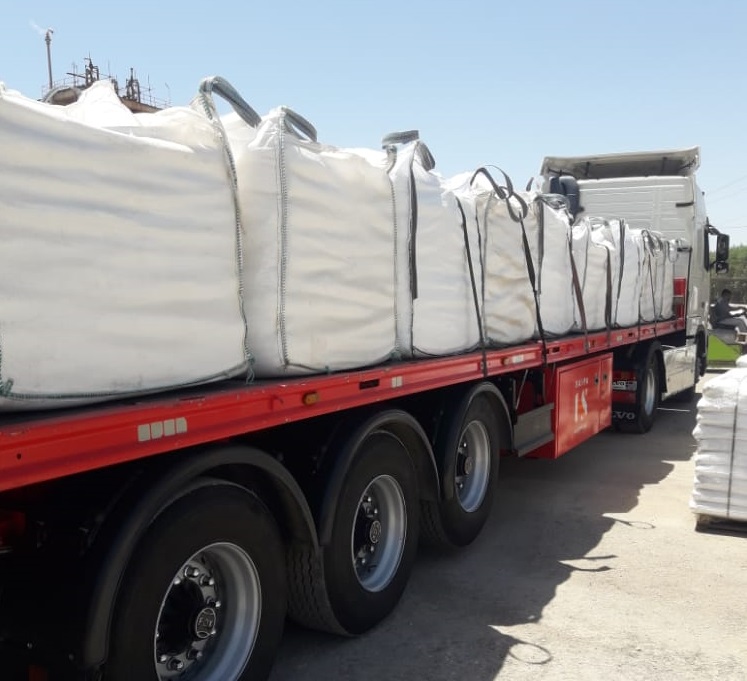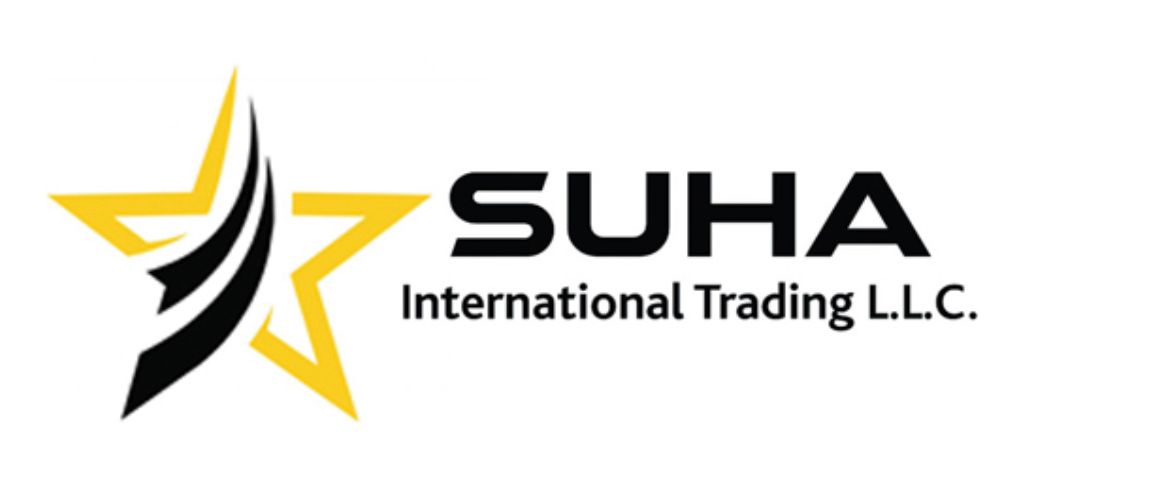Supplier of Caustic Soda Flakes from Turkey & UAE

Caustic Soda Flakes (NaOH) Overview
If you work in manufacturing, from producing everyday soap to treating our water supply, you’ve likely encountered Caustic Soda Flakes. Known scientifically as sodium hydroxide (NaOH), these white, crystalline flakes are a cornerstone of modern industry. But what exactly makes them so indispensable?
In simple terms, Caustic Soda Flakes are a highly versatile and powerful alkaline chemical. They dissolve instantly in water, releasing heat and creating a potent solution perfect for cleaning, breaking down organic matter, and driving countless chemical reactions. Whether you’re a plant manager sourcing raw materials or a chemist developing new products, understanding this compound is key to both efficiency and safety.
Physical and Chemical Properties of Caustic Soda Flakes
A clear understanding of caustic soda flakes’ properties is essential for safe handling and effective industrial use:
-
Chemical Formula: NaOH
-
Molar Mass: 40.00 g/mol
-
Appearance: White, flat crystalline flakes
-
Odor: Odorless
-
Density: 2.13 g/cm³ (solid)
-
Melting Point: 318°C
-
Boiling Point: Decomposes before boiling
-
Solubility: Highly soluble in water (up to 1,000 g/L at 20°C); releases heat upon dissolution
-
Alkalinity (pH): 12–14
-
Reactivity: Reacts strongly with acids, certain metals (e.g., aluminum), and moisture; generates exothermic reactions with water
-
Corrosiveness: Highly corrosive to skin, metals, and organic materials
These properties make NaOH flakes an essential base chemical for pH regulation, neutralization, and synthesis across multiple industries.
How Are NaOH Flakes Made? The Chlor-Alkali Process
The journey to high-purity Caustic Soda Flakes begins with common salt. Most global production relies on the efficient chlor-alkali process:
-
Electrolysis: A concentrated brine solution (Sodium Chloride, NaCl) is electrified, splitting it into sodium hydroxide, chlorine gas, and hydrogen gas.
-
Concentration & Purification: The resulting caustic soda solution is evaporated and purified to remove impurities.
-
Flake Formation: The concentrated liquid is cooled and solidified, then scraped to form the familiar thin, white caustic soda flakes we know.
-
Packaging: Finally, the flakes are dried and packaged in moisture-proof bags to ensure stability and ease of shipping.
Grades of Caustic Soda Flakes
Caustic soda flakes are available in multiple grades to match specific industrial needs:
| Grade | Purity | Key Uses | Applications |
|---|---|---|---|
| Technical Grade | 96–98% | pH adjustment, metal cleaning, textile processing | General industrial tasks like soap production or water softening |
| Industrial Grade | 98–99% | Oil refining, alumina extraction, pulp bleaching | Heavy-duty petrochemical, mining, and manufacturing operations |
| Food Grade | ≥99% | Fruit and vegetable peeling, cocoa processing, olive curing | FDA-approved applications in food and beverage processing |
| Pharmaceutical Grade | ≥99.5% | Drug synthesis, cosmetics | Healthcare and personal care products |
| Reagent Grade | ≥99.5% | Laboratory analysis, chemical research | Precision analytical chemistry and R&D labs |
Where Are Caustic Soda Flakes Used?
While many know it for cleaning, Caustic Soda Flakes are the “heavy lifters” of the chemical world. Their ability to act as a strong base, a nucleophile, and a precipitant makes them vital across a vast spectrum of industries.
Soap and Detergent Manufacturing
This is the most recognizable use of Caustic Soda Flakes. Through a process called saponification, sodium hydroxide flakes react with fats and oils to convert them into soap and glycerol. High-quality flakes ensure the soap is firm and cures correctly. They are also the primary alkaline agent in anionic surfactants (like LABSA) used in laundry powders and industrial detergents.
Oil and Gas (Drilling Muds)
In the energy sector, sodium hydroxide flakes are critical for formulating Drilling Fluids (Mud). They are used to:
- Control pH: Maintaining a high pH prevents the mud from becoming acidic and corroding the drill bit.
- Neutralize Acid Gases: They effectively neutralize Hydrogen Sulfide (H₂S) and Carbon Dioxide (CO₂) encountered in rock formations.
- Disperse Clays: They help dissolve and disperse clays, ensuring the drilling fluid maintains the correct viscosity.
Water and Wastewater Treatment
Municipalities and factories rely on Caustic Soda Flakes for regulatory compliance.
- pH Neutralization: It raises the pH of acidic industrial wastewater before it is discharged.
- Heavy Metal Precipitation: By increasing alkalinity, it traps hazardous metals (like lead and copper) as solid hydroxides, allowing them to be filtered out easily.
- Water Softening: It aids in the removal of calcium and magnesium hardness.
Pulp and Paper Production
The “Kraft process” is the dominant method for making paper, and sodium hydroxide flakes are its fuel. They are dissolved to create “White Liquor,” which digests wood chips. This chemical action separates the pure cellulose fibers from lignin (the glue holding wood together), creating the pulp needed for paper and cardboard. It is also used in the bleaching stage to brighten the final paper product.
Alumina and Aluminum Production
Before aluminum becomes a metal sheet, it starts as bauxite ore. The Bayer Process uses a strong solution of sodium hydroxide flakes to dissolve the alumina from the ore, separating it from impurities like “red mud.” Without this chemical digestion, the mass production of aluminum for cars and construction would be impossible.
Textile Processing (Mercerization)
Sodium hydroxide flakes are essential in the textile industry for processing cotton. In a process called mercerization, cotton fabric is treated with a caustic solution. This swells the fibers, resulting in:
- Increased tensile strength.
- Better absorption of dyes (brighter colors).
- A smoother, lustrous finish.
Food Industry Applications
Food-grade sodium hydroxide flakes are strictly regulated but essential. They are used for:
- Chemical Peeling: Removing skins from potatoes, tomatoes, and fruits efficiently.
- Olive Curing: Removing the natural bitterness from olives.
- Pretzel Making: Giving pretzels their characteristic brown crust and chewy texture.
- CIP (Clean-In-Place): Sanitizing dairy and beverage piping systems by dissolving fats and proteins.
Chemical Synthesis and Pharmaceuticals
As a fundamental feedstock, sodium hydroxide flakes are used to manufacture a wide array of other chemicals, including solvents, plastics, and synthetic fibers. In the pharmaceutical sector, they are used to synthesize common drugs like aspirin, anticoagulants, and cholesterol-reducing medications by neutralizing acidic components during reaction phases.
Caustic Soda Flakes Shipping Process
Given their classification as Dangerous Goods (Class 8, UN 1823), the logistics of Caustic Soda Flakes require strict adherence to international safety standards.
We leverage the strategic location of our production facilities in the Middle East to offer efficient shipping routes to global markets, including Africa, Europe, and Asia. Flakes are typically loaded into 20 ft. containers (holding approx. 25 MT), ensuring they remain dry and stable during ocean freight. Our logistics team handles all MSDS documentation and customs clearance to ensure a smooth delivery to your port.
Handling and Storage of NaOH Flakes
Due to its corrosive nature, proper handling of NaOH flakes is essential:
-
Store in airtight, moisture-proof containers in cool, dry, ventilated areas.
-
Avoid contact with acids, metals, and moisture to prevent hazardous reactions.
-
Wear PPE: chemical-resistant gloves, goggles, a face shield, and protective clothing.
-
For spills: neutralize with dilute acids (like vinegar or citric acid) before washing.
-
In case of contact: flush skin or eyes with plenty of water and seek medical help.
Caustic Soda Flakes Packaging
Caustic soda flakes are packed in 25 kg two-layer laminated PP bags to prevent moisture and preserve chemical stability. For larger shipments, these bags are combined into 1,250 kg jumbo bags or pallets to simplify handling and optimize transport.
Container Loading Capacity
A standard 20 ft. container typically holds around 25 metric tons of sodium hydroxide flakes, ensuring safe, efficient, and cost-effective delivery while maintaining product integrity throughout transit.

Your Trusted Caustic Soda Flakes Supplier
As a leading supplier of high-purity Caustic Soda Flakes, we guarantee consistent quality, reliable logistics, and expert technical support. Our products are packaged in secure, moisture-resistant 25kg bags and are shipped globally in compliance with IMDG codes.
Ready to optimize your supply chain? Contact us today to request a quote, a sample, or a detailed technical data sheet. Let our experts help you find the most efficient and cost-effective sodium hydroxide solution for your needs.
FAQ
The key is safety and control due to the highly exothermic reaction.
- Use PPE: Always wear a face shield, chemical goggles, gloves, and an apron.
- Correct Order: ALWAYS add flakes slowly to water, never vice versa, to prevent a violent eruption.
- Control Heat: Use cool water and stir continuously to dissipate heat and prevent “hot spots.”
Yes. For sensitive applications like catalysis or pharmaceutical synthesis, we offer a Reagent Grade with a purity of ≥99.5%. This grade undergoes additional purification to minimize heavy metals (like Iron and Nickel) to levels below 10 ppm. Contact our technical team to discuss your specific CoA requirements.
Caking is caused by moisture absorption. To prevent it:
- Store bags in a cool, dry, well-ventilated warehouse.
- Use first-in, first-out (FIFO) inventory management.
- Keep bags sealed and on pallets, away from damp floors and walls.
If caking occurs, the product is still chemically active but may require mechanical breaking.
Absolutely. Our flakes are classified under UN 1823, Class 8 (Corrosive). We package them in 25 kg, multi-layer, waterproof polypropylene bags that are fully compliant with IMDG Code regulations for sea transport. We provide all necessary dangerous goods documentation for smooth shipping.
Our standard technical grade Caustic Soda Flakes have a minimum assay of 99.0-99.3% NaOH. The primary impurities are trace amounts of sodium carbonate (Na₂CO₃) and sodium chloride (NaCl). We provide a detailed Certificate of Analysis (CoA) with each shipment to ensure it meets your process specifications.
Specification of Caustic Soda Flakes
| CONTENT | TEST RESULT | UNIT |
|---|---|---|
| Al2O3 | Max 3 | PPM |
| Fe | 10 | PPM |
| Heavy Metals as Pb | Max 2 | PPM |
| Insoluble in Water | 0 | %W |
| Na2CO3 | 0.43 | %W |
| Na2SO4 | 0.0047 | %W |
| NaCl | 0.0085 | %W |
| NaOH | 98%±1 | %W |
| SiO2 | 0.0019 | %W |
| SHAPE | 0.3-1 | CM³ |
For Download Technical Data Sheets of Caustic Soda Flakes (Click Here)


